A manuscript peer review is the cornerstone of scientific publishing, ensuring the quality and integrity of research. As a peer reviewer, you play a vital role in evaluating the work of your colleagues, providing constructive feedback, and helping to shape the future of scientific knowledge. Here’s how to properly peer review a manuscript, with specific tips and guidelines to excel in this critical task.
Also read:
Writing a Concise Science Manuscript in 4 Steps
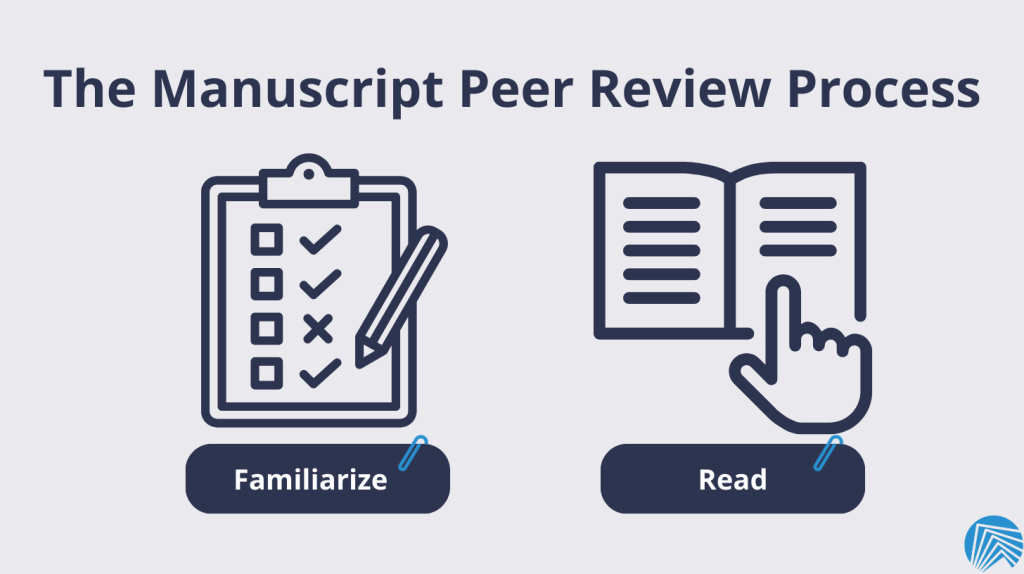
The Manuscript Peer Review Process
A manuscript peer reviewer is expected to provide an objective opinion on the validity, significance, and originality of another researcher’s work. Be familiar with the basics
Familiarize yourself with the journal
As an expert reviewer, you are already a contributor to the field. Familiarize yourself with the scope, readership, and specific guidelines of the journal for which you are reviewing. This will guide your initial impression of whether the manuscript is appropriate for the journal and provide the criteria for evaluation, ethical considerations, and formatting requirements.
Thoroughly read the manuscript
Before diving into the review process, thoroughly read the manuscript from beginning to end. Make sure you understand the research objectives, methods, results, and conclusions. This foundational step ensures you can provide a comprehensive assessment.
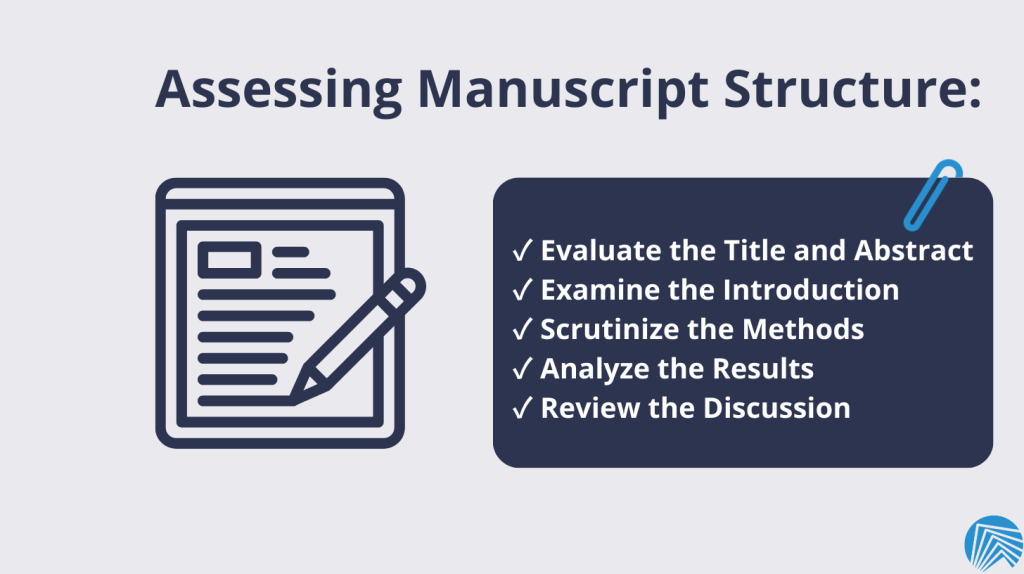
Assessing Manuscript Structure and Organization
A well-structured manuscript is essential for effective communication. Pay attention to the organization and flow of the manuscript.
Evaluate the Title and Abstract
- Assess whether the title accurately reflects the study’s content.
- Check if the abstract concisely summarizes the research question, methods, key findings, and implications.
Examine the Introduction
- Ensure the introduction provides adequate background and context for the study.
- Assess if the research question or hypothesis is clearly stated.
Scrutinize the Methods
- Verify the appropriateness of the study design, data collection methods, and statistical analyses.
- Ensure the methodology is replicable based on the information provided.
Analyze the Results
- Evaluate the presentation of results, including figures and tables, for clarity and relevance.
- Check if the results are discussed in the context of the stated research question.
Review the Discussion
- Assess the interpretation of results and their implications.
- Ensure the discussion is concise and directly addresses the study’s objectives.
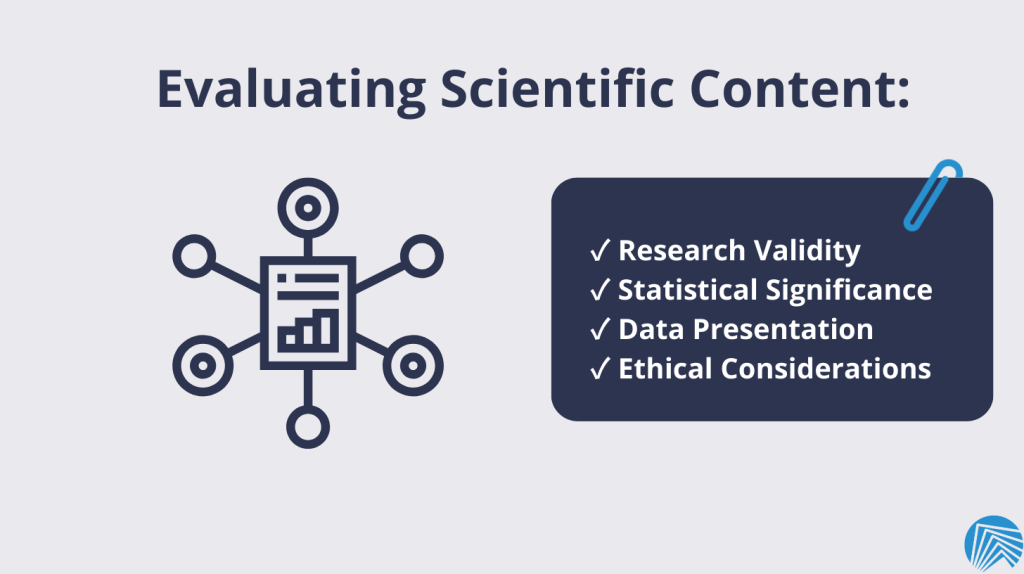
Evaluating the Manuscript’s Scientific Content
The heart of the peer review process lies in evaluating the scientific validity and integrity of the manuscript.
Research Validity
- Verify that the research design is appropriate for the research question.
- Ensure that the data collection and analysis are robust and unbiased.
Statistical Significance
- Assess whether the statistical analyses are appropriate and relevant.
- Verify that statistical tests and their results are properly reported.
Data Presentation
- Check the clarity and accuracy of data presentation in figures and tables.
- Ensure that the figures and tables are appropriately labeled and explained in the text.
Ethical Considerations
- Scrutinize the manuscript for any ethical violations, such as plagiarism, data fabrication, or conflicts of interest.
- Ensure that human or animal subjects were treated ethically and that informed consent was obtained when necessary.
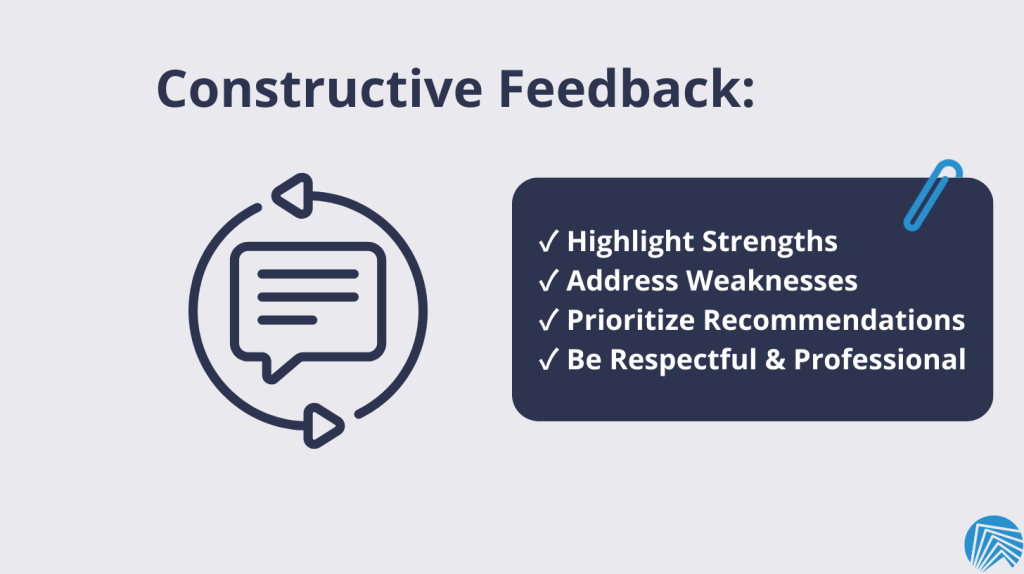
Providing Constructive Feedback
Your feedback should be constructive, specific, and actionable.
Highlight Strengths
Begin your review by acknowledging the manuscript’s strengths. This encourages the author and sets a positive tone for the feedback.
Example: “The study’s methodology is well-designed and rigorous, contributing to the robustness of the research.”
Address Weaknesses
Identify areas that require improvement. Be specific in your critique, providing examples and suggestions for enhancement.
Example: “The discussion section could benefit from a deeper analysis of the implications of the findings for the broader field.”
Prioritize Recommendations
Organize your feedback by prioritizing the most crucial issues. Address major concerns before moving on to minor points.
Example: “First, I recommend revising the methodology section to clarify the data collection process. Second, consider expanding the discussion on potential applications of the research.”
Be Respectful and Professional
Maintain a respectful and professional tone throughout your review. Avoid personal or derogatory comments.
Example: Instead of “The author’s methodology is flawed,” say, “The methodology could benefit from further clarification.”
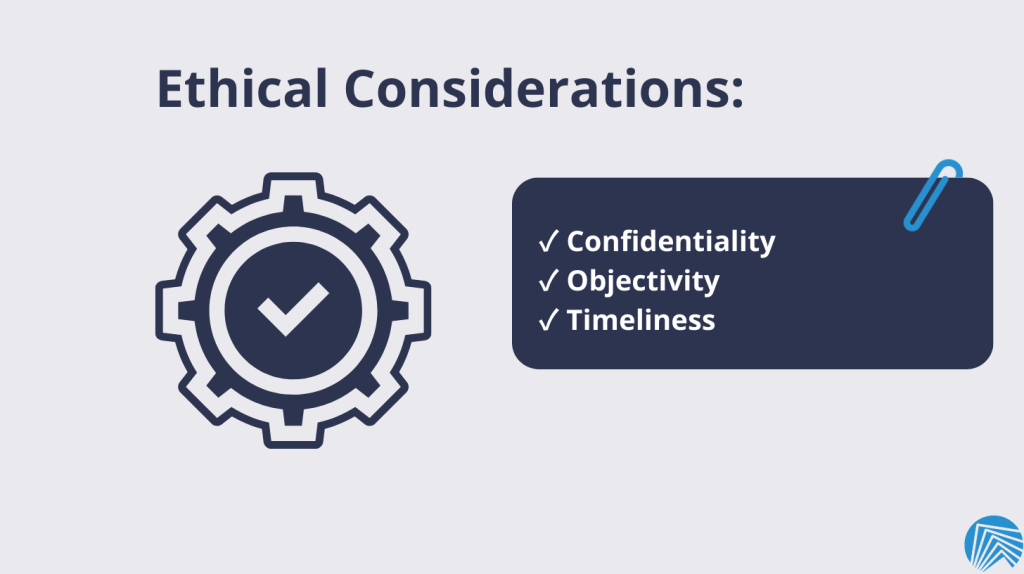
Ethical Considerations
Adhere to ethical standards when conducting peer reviews.
Confidentiality
Respect the confidentiality of the peer review process. Do not share the manuscript or your review with unauthorized individuals.
Objectivity
Review manuscripts objectively, without bias or conflict of interest. If you have a conflict, disclose it to the journal editor.
Timeliness
Complete your review within the stipulated timeframe. If you cannot meet the deadline, inform the editor promptly.

Finalizing Your Review
Summarize Your Evaluation
A short summary of the manuscript clarifies to the editor how you interpreted the work and will help to highlight any major differences in perspective between you and the other reviewers. Provide a concise summary of your assessment, highlighting the manuscript’s strengths, weaknesses, and overall quality.
Recommend a Decision
Based on your evaluation, recommend one of the following decisions to the journal editor:
- Accept as is
- Accept with minor revisions
- Accept with major revisions
- Reject
Support your recommendation with a clear rationale.

Wrapping Up
Proofread Your Review
Before submitting your review, proofread it for clarity, coherence, and accuracy. A concise, well-written review reflects positively on your professionalism.
Submit on Time
Submit your review within the stipulated timeframe. Timely reviews expedite the publication process and benefit the scientific community.
Conclusion
Acting as a peer reviewer is an honor as well as a crucial responsibility that contributes to the rigor and quality of scientific research. By following these specific tips and guidelines, you can become an effective peer reviewer, providing constructive feedback that helps authors improve their work and advancing the collective knowledge of your field. Your dedication to the peer review process plays a pivotal role in maintaining the integrity and excellence of scientific publishing.
Like this article by SciTechEdit International? See more Useful Articles and our Writing Tips.




